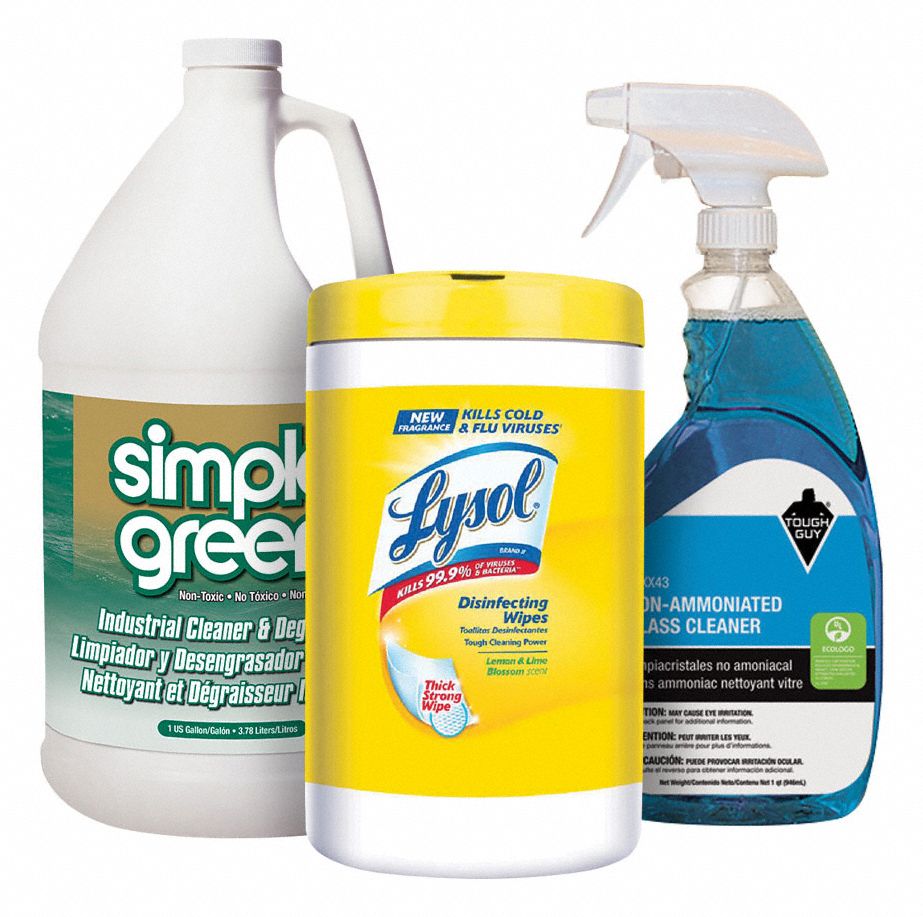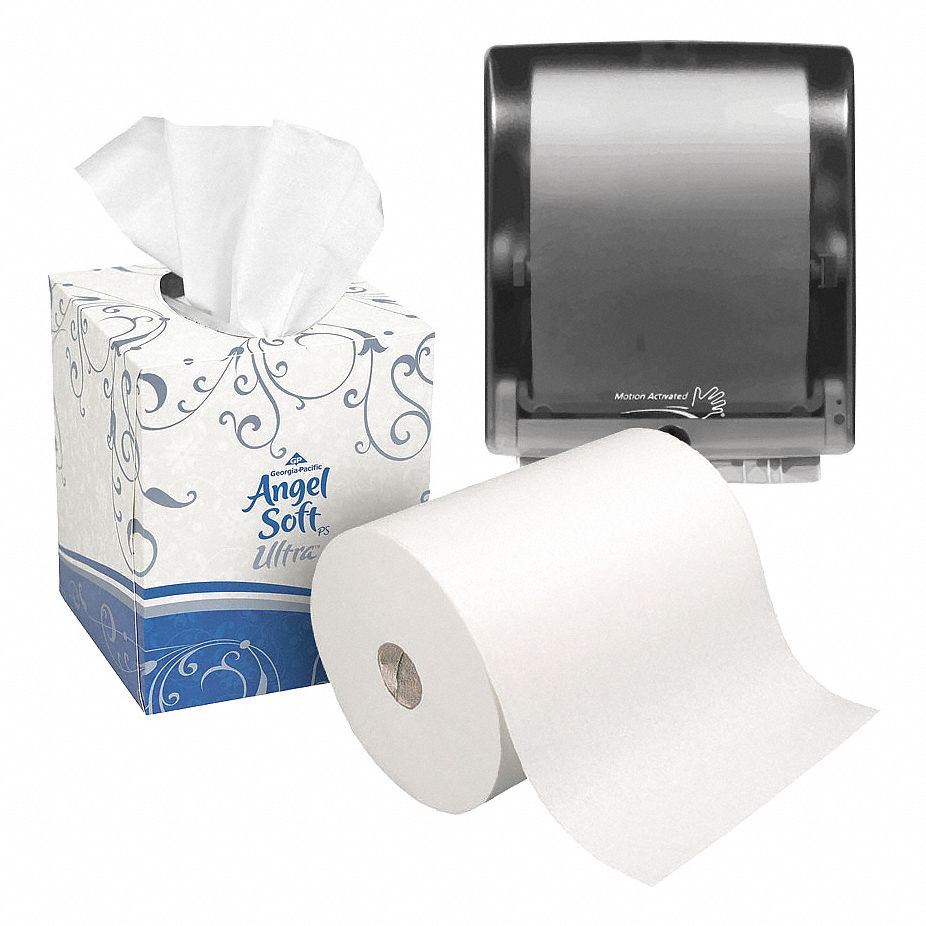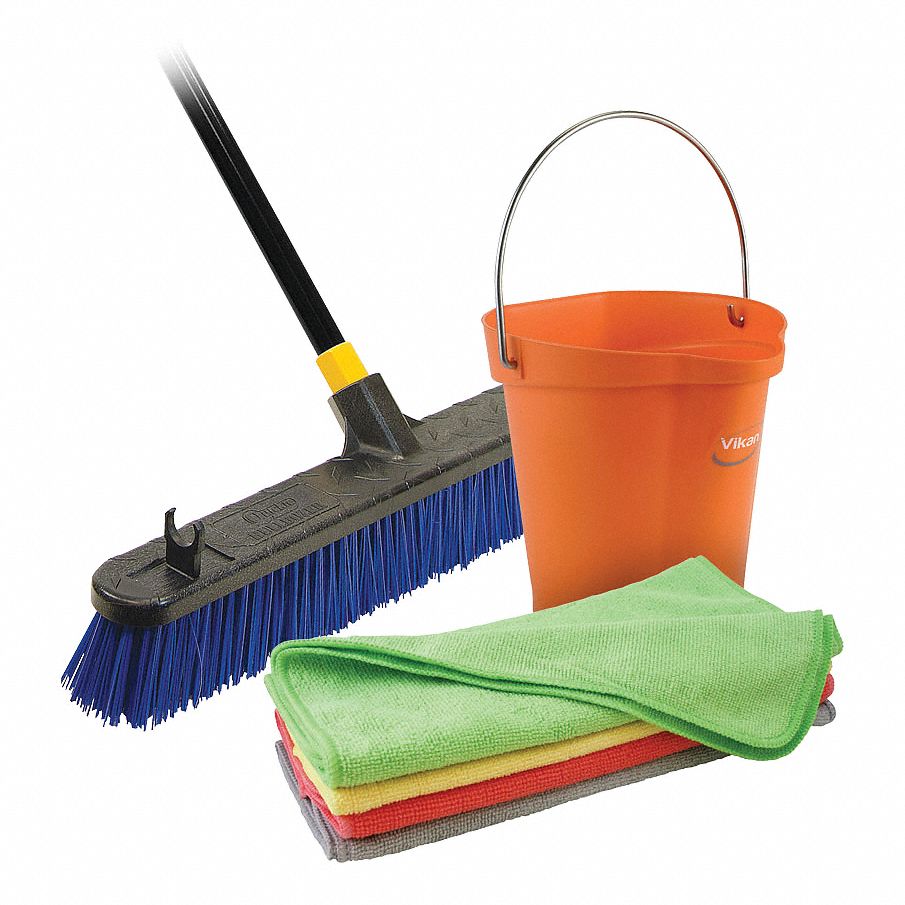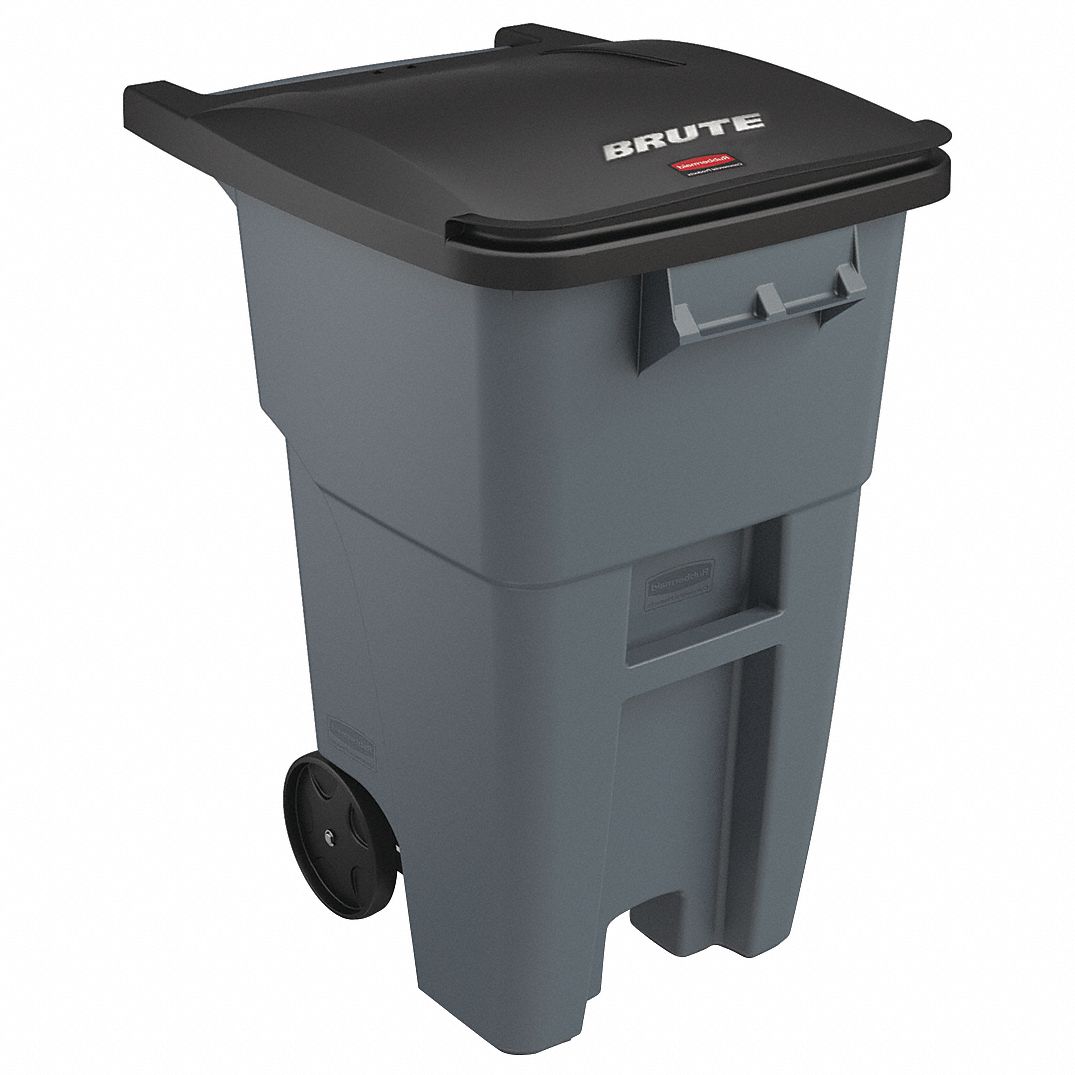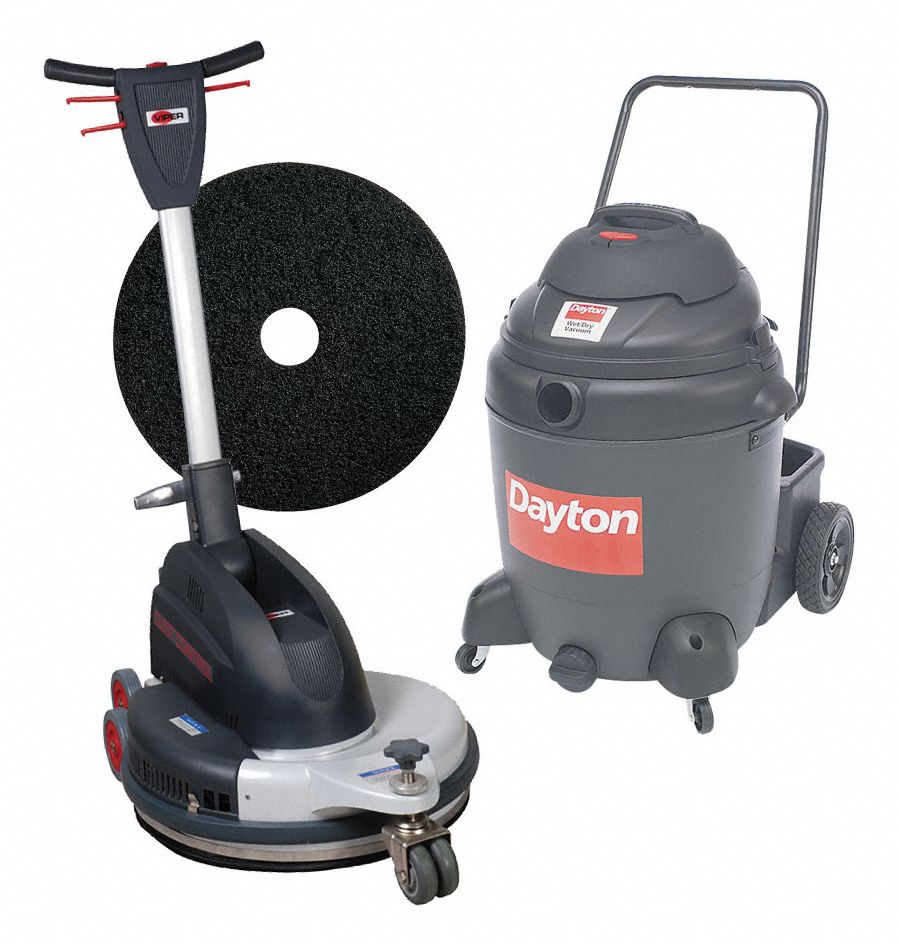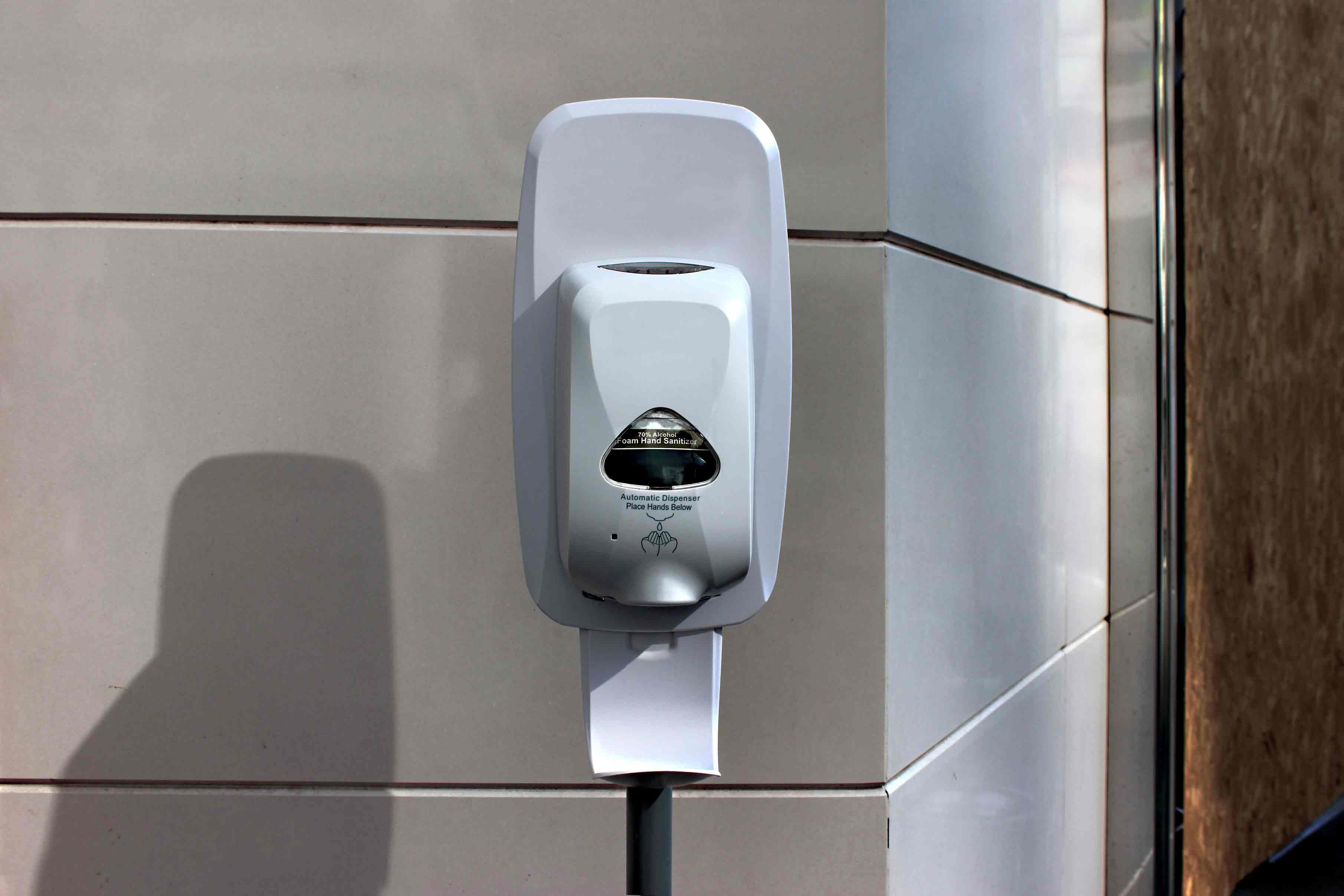

Hand Sanitizer Safety Guide: Storing and Dispensing
By Grainger Editorial Staff 11/30/21


As a result of the COVID-19 pandemic, many businesses and other facilities are installing more hand sanitizer stations for employees, visitors and customers to help reduce the spread of illness.
Hand sanitizer is a convenient way to kill pathogens without handwashing, but it's important to remember that alcohol-based sanitizers are flammable and should be safely stored and used. Even though the incidence of fires caused by hand sanitizer is low, it's still vital to store and dispense it properly, according to the Centers for Disease Control and Prevention (CDC).
Guidelines for Installing Hand Sanitizer Dispensers
The National Fire Protection Association (NFPA) has developed guidelines on installing and using hand sanitizer dispensers as part of its Life Safety Code. Following these guidelines can help reduce fire risk and keep people safe.
Here are some highlights of the Life Safety Code's requirements for alcohol-based hand sanitizer dispensers:
- Make sure that your alcohol-based hand sanitizer isn't more than 95% alcohol to help prevent accidental ignition—and remember that it needs to be at least 60% alcohol to do its job effectively according to the CDC.
- Don't use liquid dispensers that hold more than 2 liters (about a half gallon) of sanitizer. In corridors and areas that are open to corridors, don't use dispensers that hold more than 1.2 liters (about a third of a gallon). And the code is stricter for educational facilities, where dispensers should only be installed in rooms or spaces separated from corridors and exits.
- Keep sanitizer dispensers at least one inch in all directions from possible ignition sources, including wall outlets, thermostats and appliances. In a publication for healthcare settings, the CDC states that a more conservative approach is to ensure a distance of at least six inches.
- When multiple dispensers are mounted in the same area, they should have at least four feet of horizontal space between them.
- Don't install a dispenser above a carpeted floor unless there's a sprinkler system in the area.
- Make sure your dispenser meets the operational requirements that help prevent excess sanitizer from accumulating. All dispensers, whether hands-free or a manually operated, should:
- release sanitizer only when activated
- not dispense more sanitizer than necessary
- be designed and operated in a way that minimizes accidental or malicious activation
- be tested according to the manufacturer's instructions each time a new refill is installed
The complete recommendations for sanitizer dispensers are summarized by the CDC, and available as part of the NFPA 101: Life Safety Code (section 8.7.3.3).
Guidelines for Storing Alcohol-Based Hand Sanitizer
Storing hand sanitizer safely is as important as dispensing it safely. Early in the COVID-19 pandemic hand sanitizer was in short supply, and because of that experience many organizations have been tempted to stock up on it. But storing large quantities of alcohol-based hand sanitizer can involve complex fire-prevention requirements.
According to the Life Safety Code (section 8.7.3.3, part 5), if you store more than five gallons of alcohol-based hand sanitizer, you will need to meet the requirements of NFPA 30, the Flammable and Combustible Liquids Code. These requirements specify the maximum quantity of flammable material that can be stored and the conditions under which protection from a sprinkler system is necessary.
Under NFPA 30, there are many variables to consider. The volume of the storage containers matters, as does the material they're made from. It even makes a difference whether the containers are racked, stacked or palletized on shelves, and whether or not they're in flammable storage cabinets.
Because of the complexity of these requirements, it can be helpful to consult with state and local fire marshals to understand and interpret the fire codes that apply to your facility.
The information contained in this article is intended for general information purposes only and is based on information available as of the initial date of publication. No representation is made that the information or references are complete or remain current. This article is not a substitute for review of current applicable government regulations, industry standards, or other standards specific to your business and/or activities and should not be construed as legal advice or opinion. Readers with specific questions should refer to the applicable standards or consult with an attorney.

